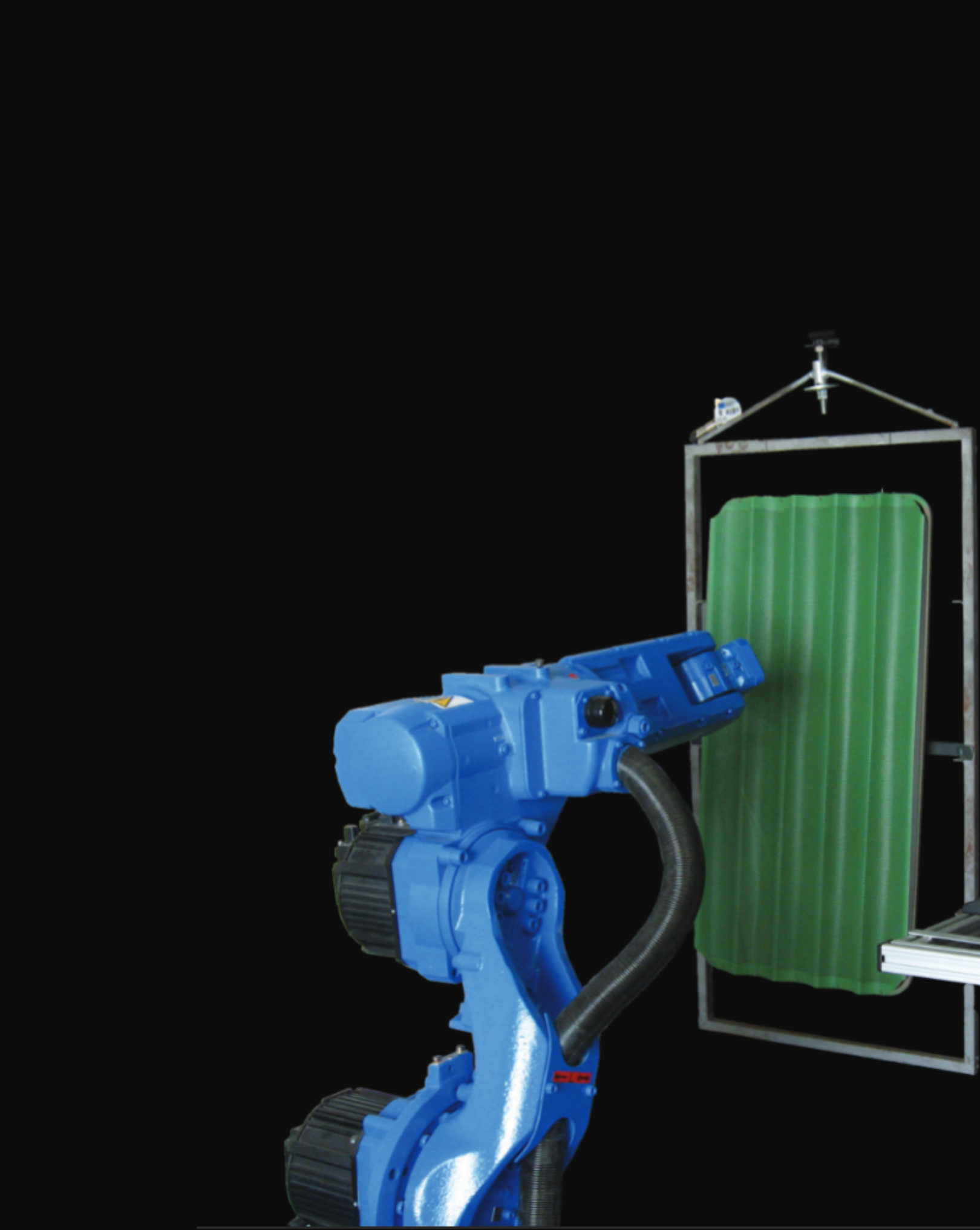Sobre
António Paulo Gomes Mendes Moreira é licenciado em Engenharia Eletrotécnica e de Computadores - FEUP (1986), opção Instrumentação Eletrónica, Mestre em Engenharia Eletrotécnica e de Computadores - Especialização em Sistemas pela FEUP (1991), Doutor em Engenharia Eletrotécnica e de Computadores (1998) e Agregado - FEUP (2017). Atualmente é Professor Catedrático no Departamento de Engenharia Eletrotécnica e de Computadores da Faculdade de Engenharia da Universidade do Porto. É também Investigador e Coordenador do CRIIS - Centro de Robótica Industrial e Sistemas Inteligentes e Diretor do iiLab - Laboratório de Indústria e Inovação do INESC TEC. Desenvolve investigação essencialmente em Robótica, Automação e Controlo, com ênfase na sua aplicação em projectos industriais e transferência de tecnologia. Participou ou participa ainda em 25 projetos científicos, sendo coordenador ou investigador responsável por 7 deles. O trabalho realizado nestes projectos gerou 40 projectos com empresas ou contratos de desenvolvimento e transferência de tecnologia, sendo o investigador principal em 18 destes projectos. Participou também no desenvolvimento de 18 protótipos e 2 patentes, das quais é coproprietário. Contribuiu para a criação de duas empresas spin-off. Mais pormenores em: https://www.cienciavitae.pt/portal/EB15-85A7-4A0D




